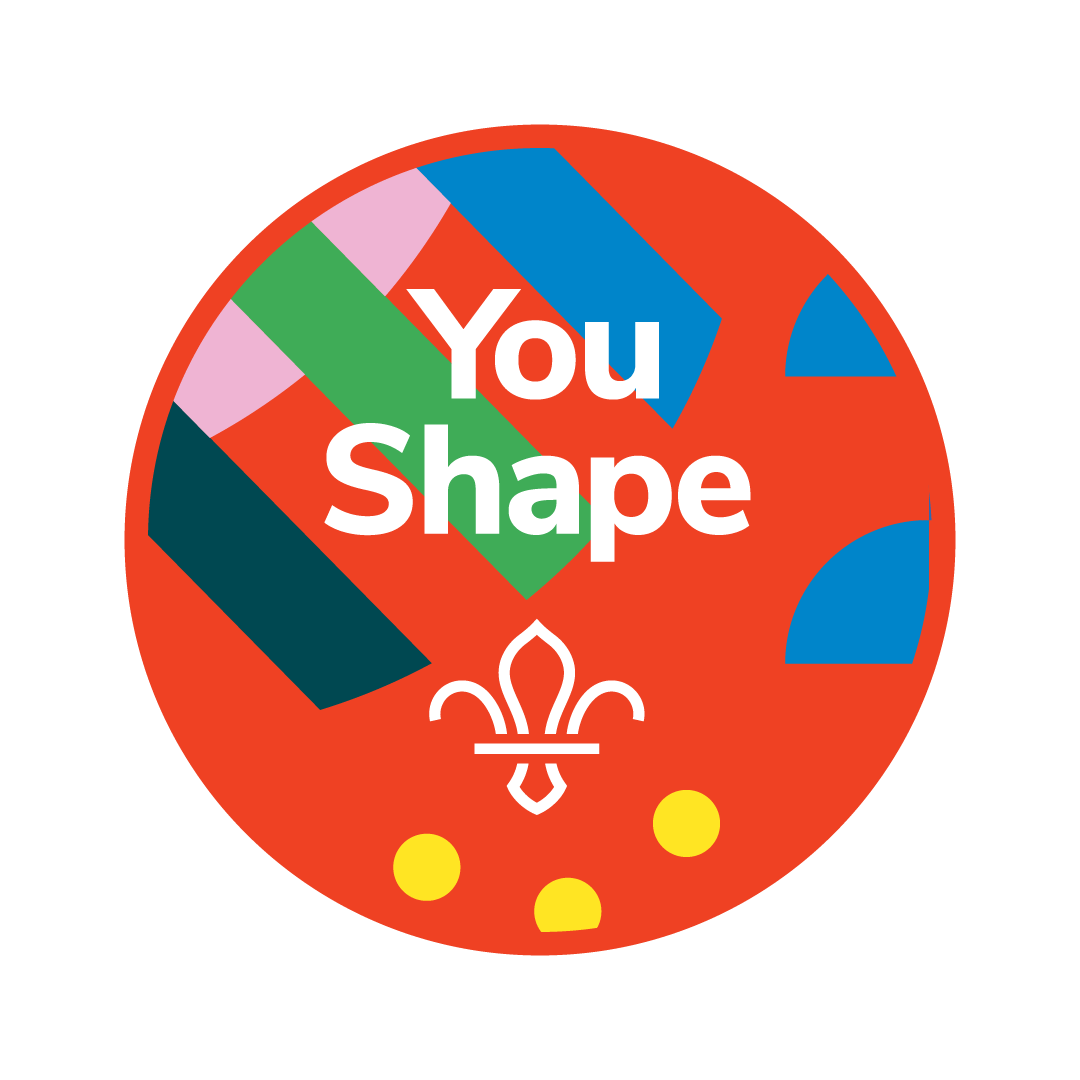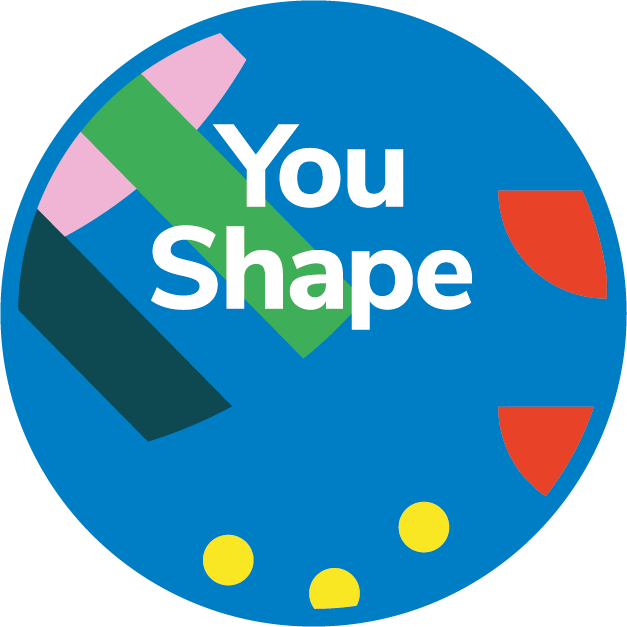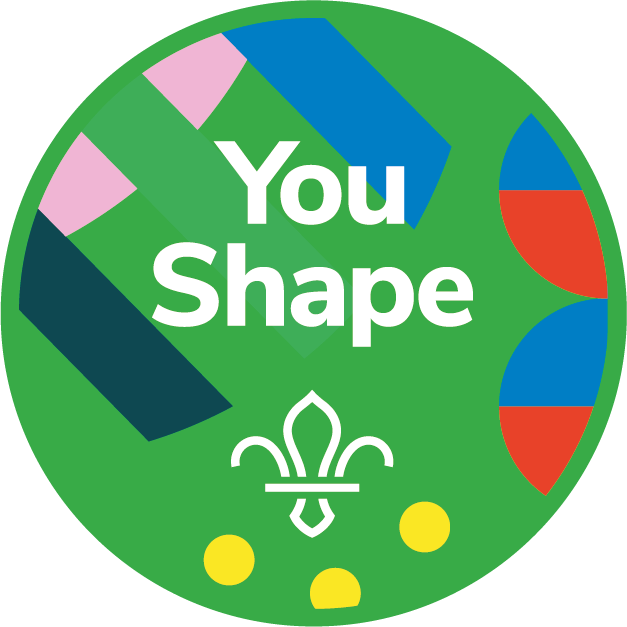
Play YouShape ladders
You’ll need
- Pens or pencils
- Chairs (optional)
- Printed activity sheets
Before you begin
- Use the safety checklist to help you plan and risk assess your activity. There's also more guidance to help you carry out your risk assessment, including examples.
- Make sure all young people and adults involved in the activity know how to take part safely.
- Make sure you’ll have enough adult helpers. You may need some parents and carers to help.
Planning and setting up this activity
- You may want to mark out the lines for teams, such as with masking tape, cones or chalk. You may also wish to mark arrows on the floor to show people which direction to go in.
- We know that Squirrel Dreys introduce the session with a story. We’d suggest using ‘What We'll Build’ by Oliver Jeffers, a story about building a future.
Running this activity
- Gather everyone together and explain that in this activity they’ll be thinking about the things they like about Scouts, anything they'd like to do more of, and what they’d like to make better or change.
- Ask each group to create a story using the blanks sheet. They need to answer the questions on the bottom of the sheet use them to fill in the blanks. You could do it as a whole group and ask everyone the questions, then vote for or chose the most popular answer.
- At the end, collect in all the sheets and note down people’s answers. You may want to discuss the ideas further to help you plan the YouShape Award.
- When everyone’s ready, ask everyone to get into two equal teams.
- Each team should get in a line, facing each the other team. Leave enough space between the two lines in the middle for moving up and down. Each person should have someone from the opposite team facing them. They can stand or they may want to sit down, either on the floor or on chairs.
- Explain that you’ll read each story out. Each pair will be given a word that appears in the story. When the pair hears their word, they must:
- Go through the ‘ladder’ to one end of the line (the space between the two lines) in one direction
- Go around the outside of the lines to the other end.
- Go back through the ladder and return to their space as quickly as possible.
- The first person to get back to their space earns a point for their team (their row). You may want an adult volunteer or young leader to help keep score.
- Give each pair a key word from the story that they need to remember. You may need more than one word per pair.
- You could demonstrate how the game works by reading a short bit of the story with some of the keywords to allow players to practice running through the ladder, but without keeping score.
- Once everyone is ready, read the story aloud. You may want to pause after or emphasise the keywords.
- After the story’s finished, add up the scores for both sides and announce the winning side.
- When you’ve finished, choose another story and play again.
Reflection
This activity was all about finding out about what young people want from Scouts in the future in a fun game. What ideas did you come up with for the new story? Are there any activities you’d love to try or do more of? What was your favourite part of the game? Did you enjoy the game and teamwork? How did it feel to hear your key word and race to sit down?
Safety
All activities must be safely managed. You must complete a thorough risk assessment and take appropriate steps to reduce risk. Use the safety checklist to help you plan and risk assess your activity. Always get approval for the activity, and have suitable supervision and an InTouch process.
- Active games
The game area should be free of hazards. Explain the rules of the game clearly and have a clear way to communicate that the game must stop when needed. Take a look at our guidance on running active games safely.
- To make this activity easier, you could give the young people a selection of words to choose from for the blank activity.
- If anyone has problems with mobility, they could partner up with someone who can be the runner and they need to tap them when they hear the word. You may want to make these adaptations for everyone or available for the whole group, so no-one feels singled out.
- If someone in a pair or group struggles with mobility or moving round, think about how the game could be adapted. Could it be the first person to put their hands on their head, rather than to run back to their seat?
All Scout activities should be inclusive and accessible.
If you enjoyed this activity, try the YouShape award, which is all about young people bringing their ideas to Scouts.
Young people could see if they can come up with any more ideas, or they could try to plan their dream Scouts term. Can you then plan to do any of these ideas?


